We like to think we’re the top of the evolutionary pyramid, but animals have certainly mastered skills we once claimed as uniquely ours.
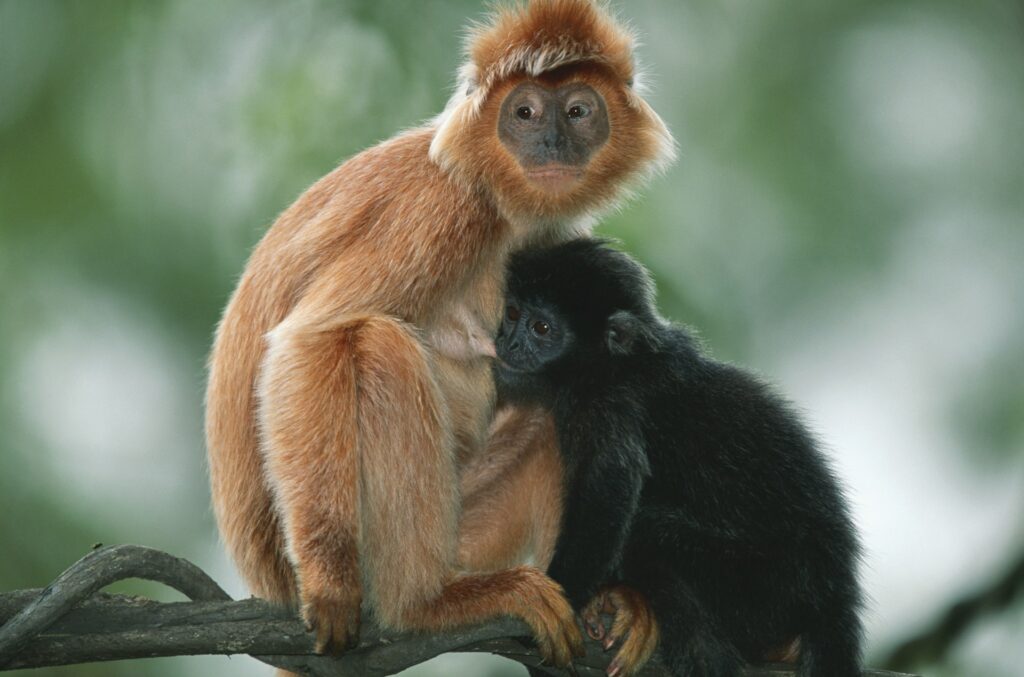
Sure, they may not have conscious thought (at least in the way we understand), but that certainly doesn’t mean that animals aren’t incredibly clever and capable of some truly impressive things. These creatures are living proof that intelligence comes in all shapes, sizes, and species.
1. Crows understand tools, and make their own.
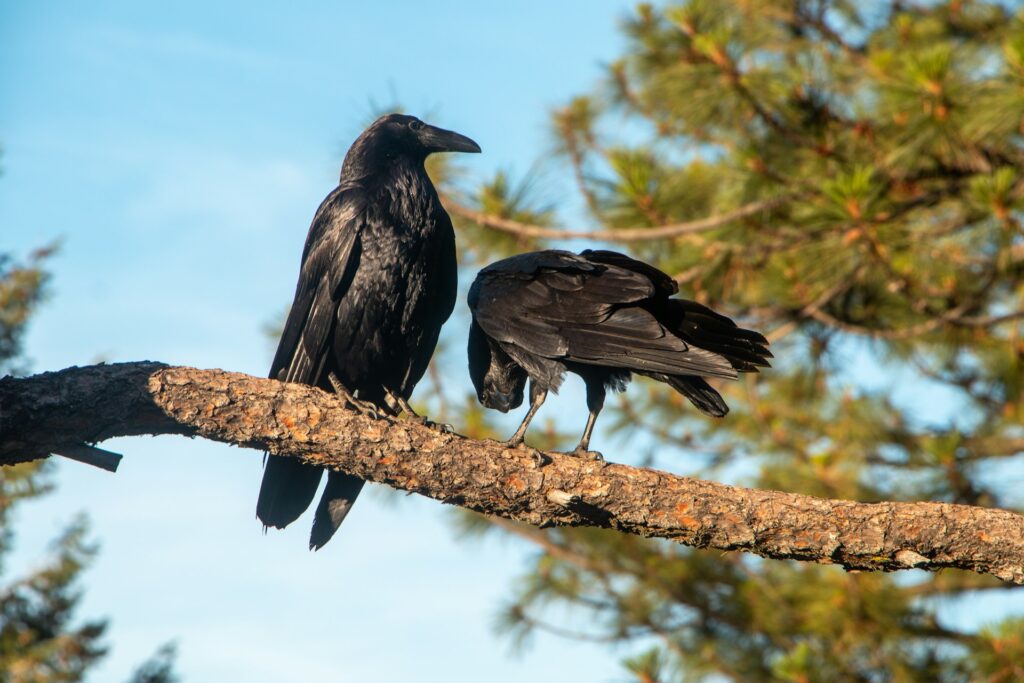
Tool use was once considered a defining feature of human intelligence. Then crows came along and casually blew that theory wide open. New Caledonian crows not only use tools—they shape them, save them for later, and adapt them to suit different tasks.
They’ve been observed bending twigs into hooks, crafting leaves into probing instruments, and even understanding that one tool can be used to retrieve another. Their problem-solving ability rivals that of young children, and watching them work feels like seeing evolution in real time.
2. Elephants mourn their dead and show emotional intelligence.
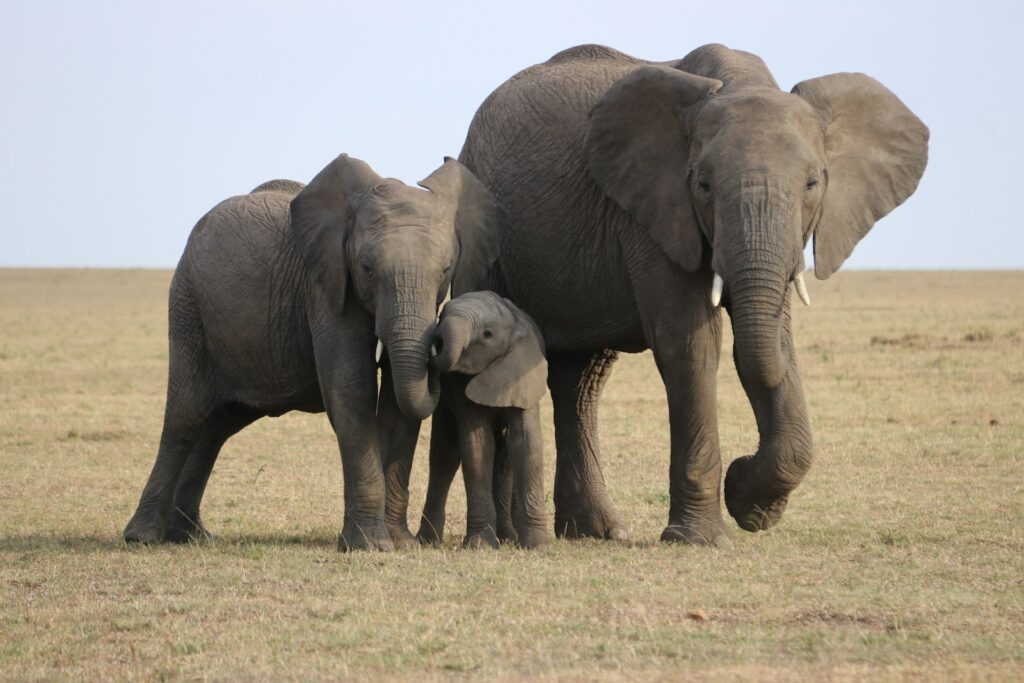
Grief, compassion, and emotional bonding—these were once seen as exclusively human behaviours. But elephants have been known to visit the bones of dead relatives, gently touch the skulls with their trunks, and remain silent and still during these encounters.
They also show empathy by comforting one another during distress and helping injured herd members. Their emotional depth is undeniable, and it challenges the idea that love, loss, and loyalty belong solely to us.
3. Dolphins understand complex communication and self-awareness.
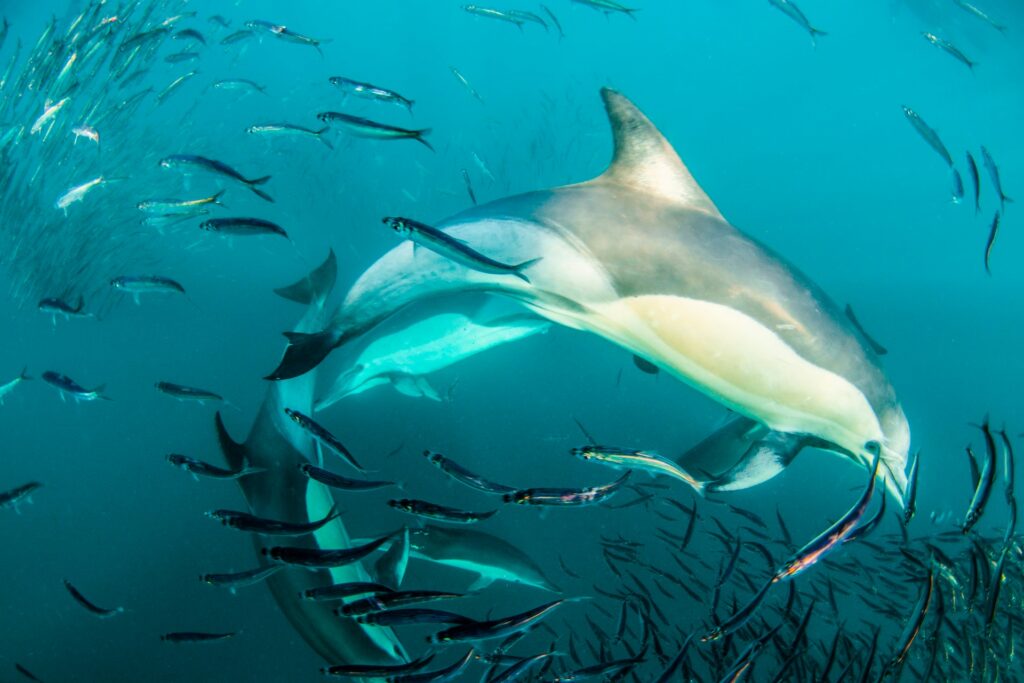
Dolphins don’t just click and whistle—they’ve shown signs of recognising themselves in mirrors, which is a strong marker of self-awareness. They can learn artificial languages, follow symbolic gestures, and understand syntax-like patterns in sequences.
In some studies, dolphins even developed signature “name” calls to identify themselves within pods. Their social complexity and ability to interpret abstract meaning puts them closer to us than most people realise.
4. Octopuses solve puzzles and escape enclosures.
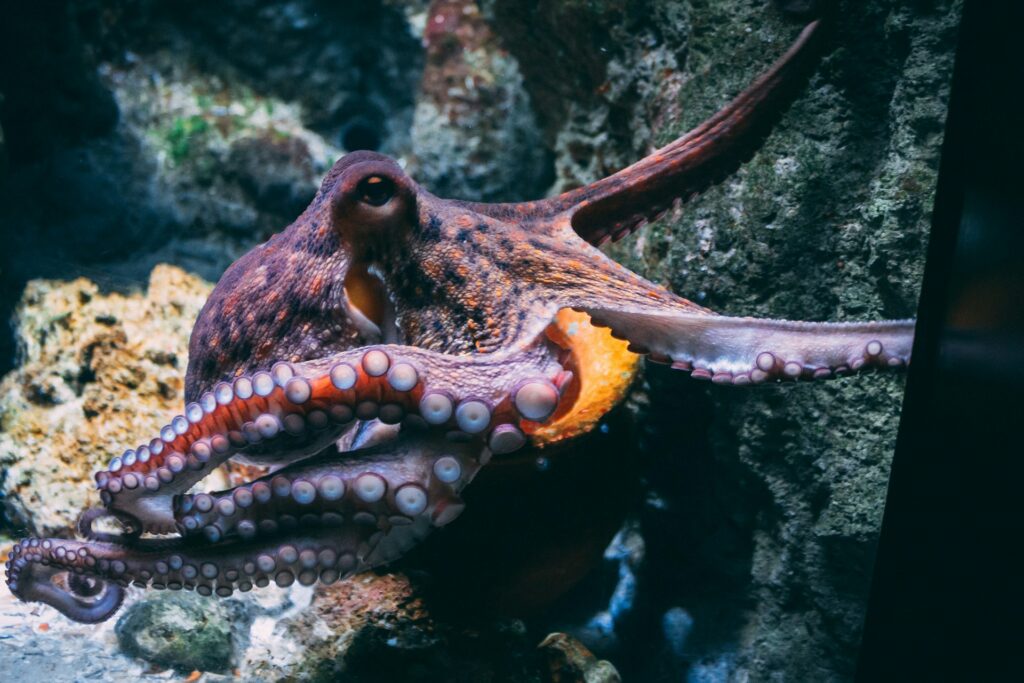
With eight arms, three hearts, and an alien-like appearance, octopuses seem completely unlike us—but they’ve shown shocking levels of intelligence. In lab environments, they’ve opened jars, escaped sealed tanks, and even played pranks on scientists.
Some octopuses remember specific humans, react differently based on treatment, and display signs of boredom, curiosity, and creativity. They’re solitary, short-lived creatures, but their brainpower is immense—and a reminder that intelligence doesn’t always look familiar.
5. Parrots understand context and can mimic with purpose.
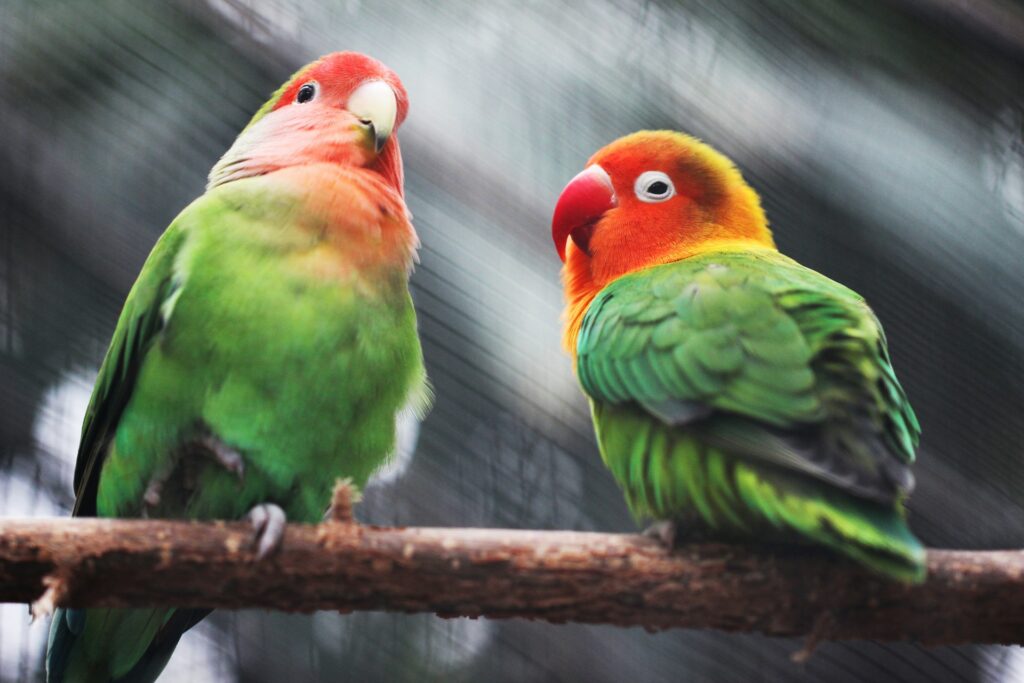
Parrots don’t just mimic sounds randomly. Some species, like African grey parrots, understand the meaning behind words and can apply them appropriately. The famous parrot Alex learned to identify colours, shapes, and quantities—and even asked questions.
This level of contextual communication isn’t just mimicry. It points to cognitive flexibility and comprehension. In some cases, parrots have displayed emotional responses to separation, change, or death that suggest surprisingly sophisticated awareness.
6. Rats can make decisions based on outcomes and learn by observation.
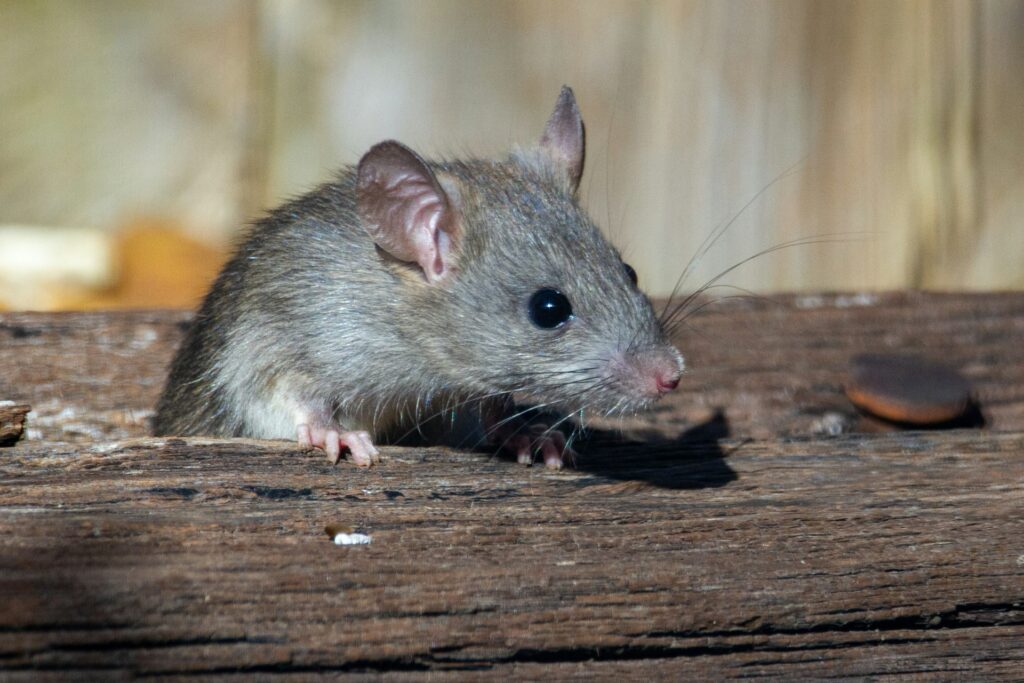
Rats are often overlooked, but they’re some of the smartest problem-solvers in the animal kingdom. They can navigate mazes with memory-based precision, learn by watching others, and adapt their decisions based on reward or punishment.
In psychological studies, they’ve even demonstrated metacognition—the ability to assess their own knowledge or uncertainty, a trait once thought exclusive to humans and primates. Small, scrappy, and strategic, rats are much more than pests.
7. Orangutans pass down cultural behaviours.
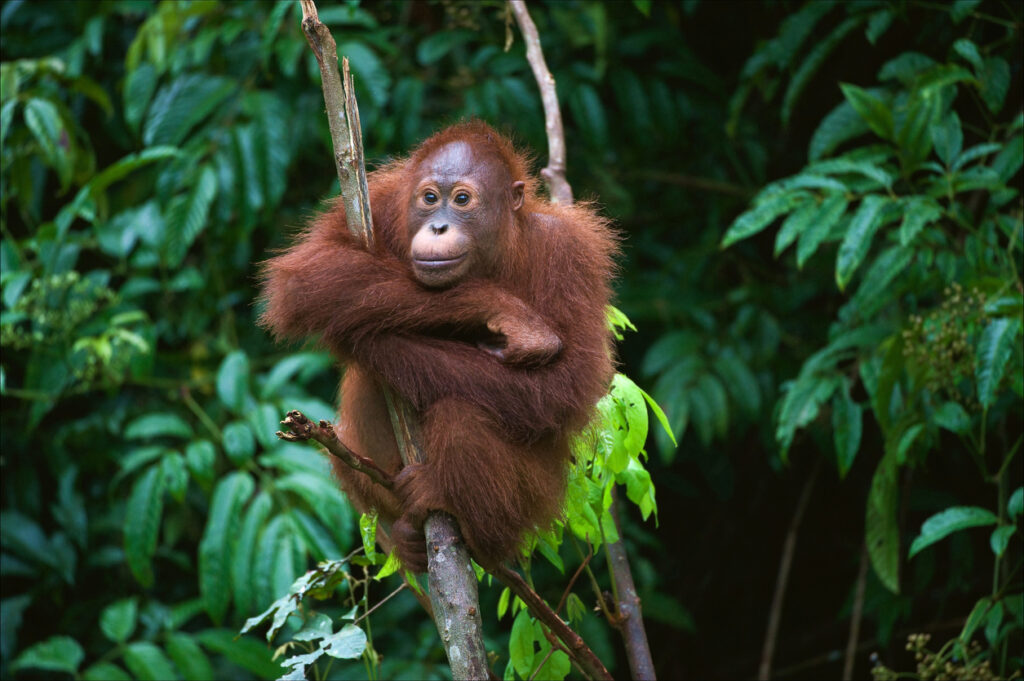
Culture isn’t just for humans. In the wild, orangutans have been observed using different types of tools, techniques, and calls depending on the region—suggesting they pass down behaviours through generations. They learn from elders, teach their young, and show social rituals unique to their community. This inheritance of learned behaviour mirrors how humans develop language, traditions, and even dialects across cultures.
8. Dogs can read human emotions and intentions.

We already know dogs are clever, but their ability to read human body language, facial expressions, and tone is far more advanced than most species. They can tell when we’re upset, anxious, or playful—and adjust their own behaviour accordingly.
Some studies show dogs will prioritise helping a distressed owner over getting food, and trained dogs can detect medical conditions or emotional shifts before we even speak. Their emotional attunement isn’t just loyalty—it’s intuition, refined over thousands of years of coevolution.
9. Pigs learn tasks quickly and show long-term memory.
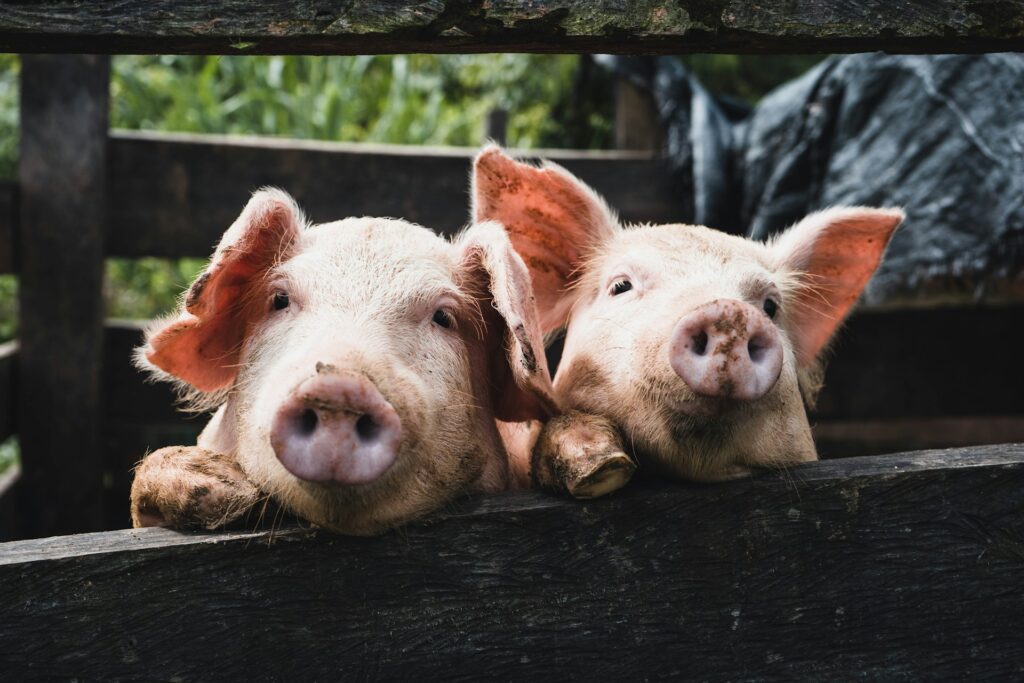
Pigs have cognitive abilities on par with chimpanzees and dogs. They can manipulate joysticks to complete tasks on a screen, recognise themselves in mirrors, and remember where food is hidden for weeks.
They’re curious, adaptable, and emotionally expressive—often forming close social bonds. In some experiments, pigs have shown the ability to understand time delays and predict outcomes, which suggests deeper levels of reasoning than we tend to give them credit for.
10. Bees can count and recognise faces.
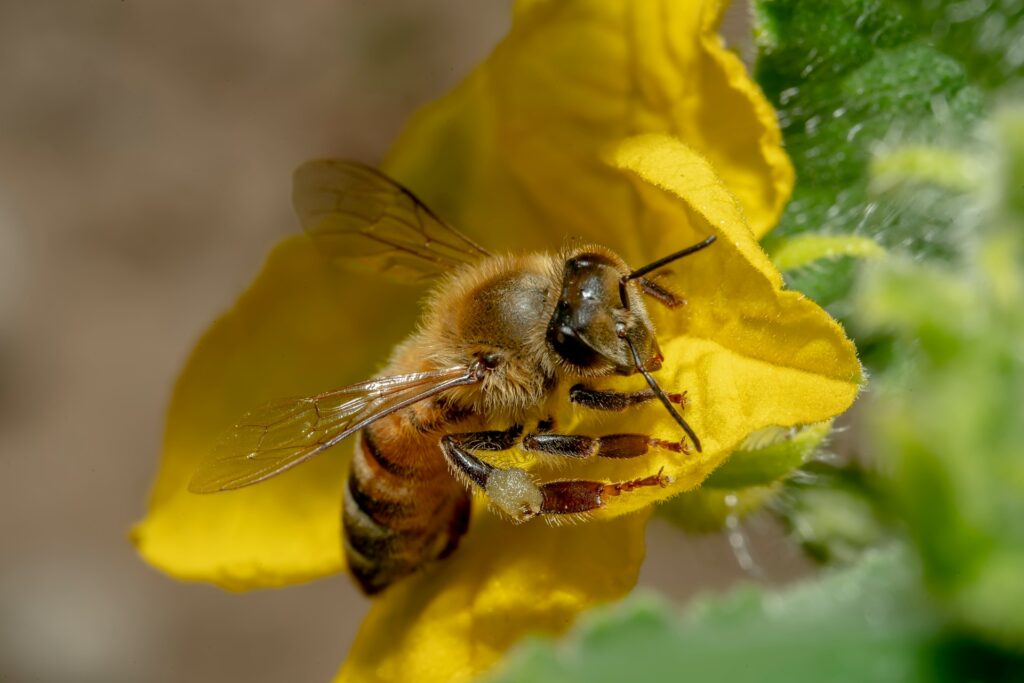
Bees aren’t just hardworking pollinators—they’re tiny mathematicians and visual experts. Studies have shown bees can count up to four, understand the concept of zero, and even distinguish between human faces using complex pattern recognition.
This is especially mind-blowing when you consider the size of a bee’s brain. Despite being smaller than a sesame seed, they’re capable of symbolic learning and basic arithmetic—skills that place them in a surprisingly elite intelligence category.
11. Chimpanzees use memory better than humans in certain tasks.
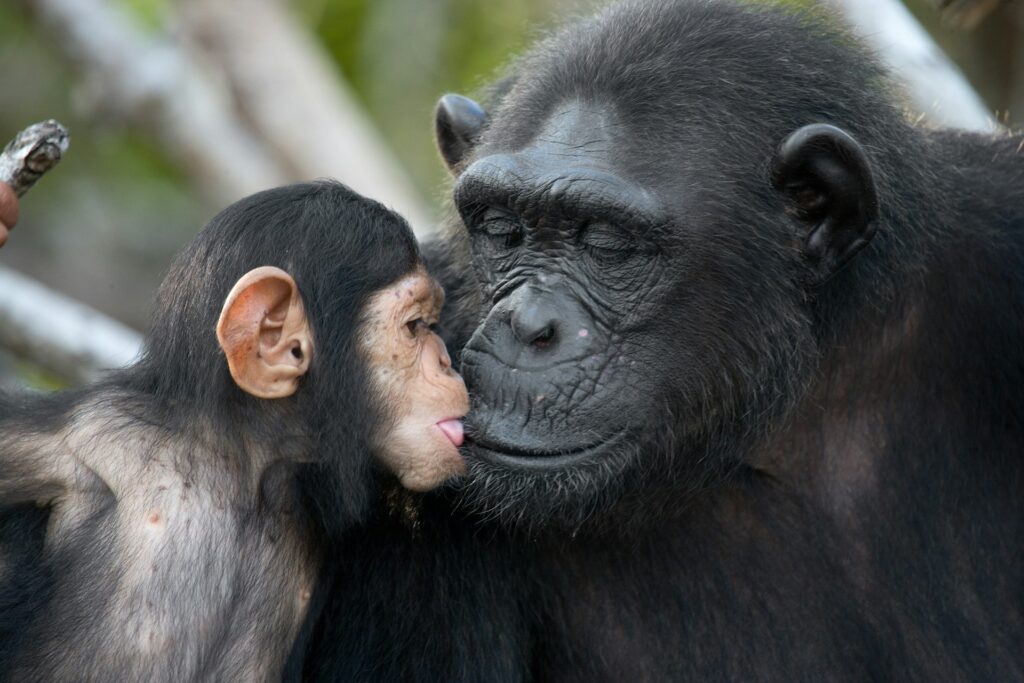
Chimpanzees don’t just mirror our behaviour—they sometimes outperform us. In specific memory tests, like recalling a sequence of numbers flashed on a screen for a split second, chimps have consistently outshone human adults. Their working memory is highly developed, allowing them to store and retrieve information quickly. These skills likely help in foraging and social planning, and they challenge the belief that humans are always the superior thinkers.
12. Sea lions can understand logic and abstract symbols.
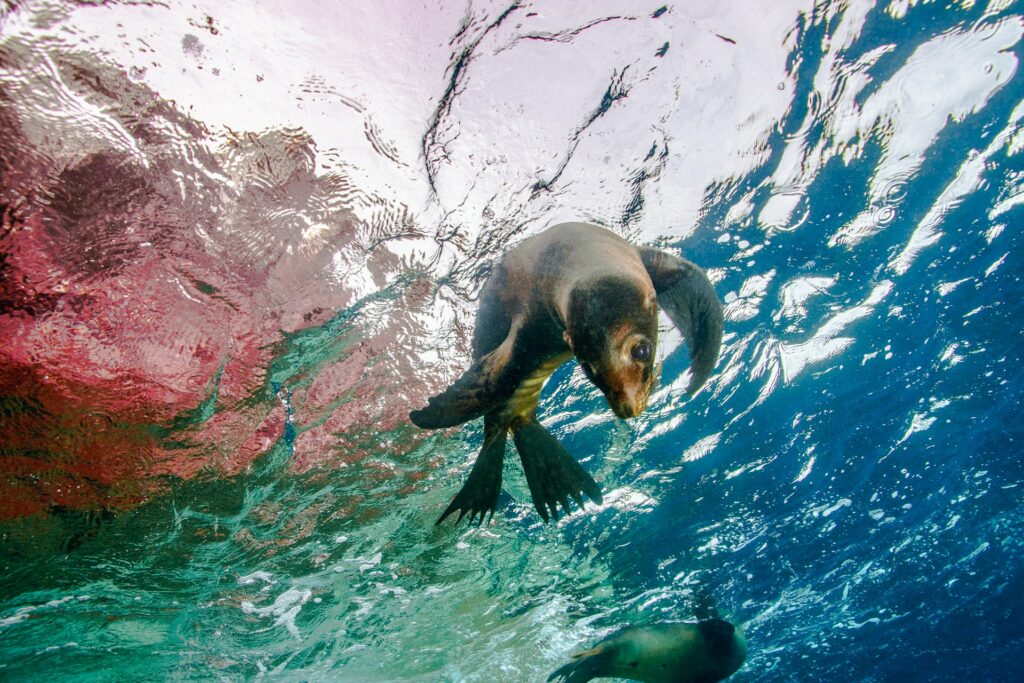
In controlled studies, sea lions have demonstrated the ability to grasp abstract reasoning—like understanding if-then logic and matching concepts. They’re able to apply learned rules to new situations, which shows cognitive flexibility. They’re also capable of forming long-term bonds, recognising human handlers after years apart, and solving puzzles that require multi-step thinking. It’s a level of logic that feels far more relatable than we’d expect from a marine mammal.